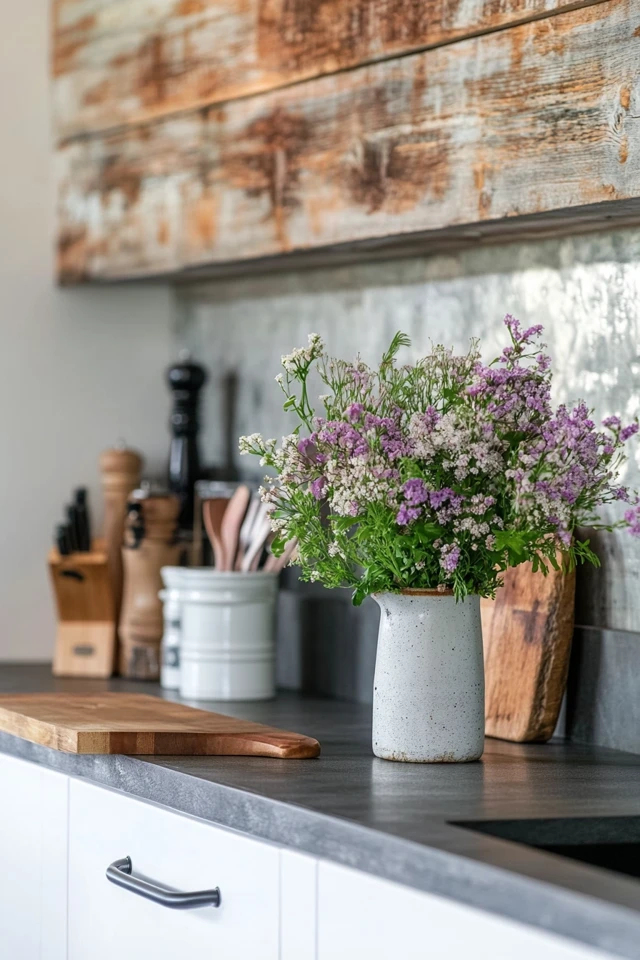Introduction
There’s something so comforting about a farmhouse kitchen. It’s the heart of the home—a space where rustic charm meets functionality, blending the warmth of traditional design with modern-day practicality. I remember my first farmhouse kitchen renovation like it was yesterday. The original kitchen was dark and dated, but we transformed it with white shaker cabinets, a gorgeous apron-front sink, and reclaimed wood accents. Watching it go from a tired, uninspiring space to a bright, welcoming kitchen made me fall in love with farmhouse style all over again.
Whether you’re renovating an existing kitchen or starting from scratch, creating a farmhouse kitchen is all about embracing natural materials, timeless finishes, and cozy details. In this guide, I’ll walk you through everything you need to know to design your dream farmhouse kitchen, from choosing the perfect cabinetry to nailing those charming finishing touches.
What Defines a Farmhouse Kitchen?
Key Features of Farmhouse Design
- Warm and Inviting: Prioritizes comfort and a lived-in feel.
- Natural Materials: Think wood, stone, and metal for an organic vibe.
- Timeless Style: Combines traditional elements with subtle modern updates.
- Functional Layout: Emphasizes practicality for cooking and gathering.
Step 1: Start With a Timeless Color Palette
Classic Farmhouse Colors
- Whites and Creams: Brighten the space and create a clean, fresh look.
- Earthy Neutrals: Add warmth with shades like taupe, beige, and soft gray.
- Muted Accents: Incorporate sage green, navy blue, or mustard for subtle pops of color.
Tips for Choosing Colors
- Use white for walls and cabinetry to create an airy foundation.
- Add contrast with darker tones on the island or lower cabinets.
- Incorporate natural wood tones for warmth and balance.
Step 2: Choose the Perfect Cabinets
Cabinet Styles for Farmhouse Kitchens
- Shaker Cabinets: Clean lines and a timeless design make them a farmhouse favorite.
- Glass-Front Cabinets: Showcase your dishes or glassware while adding visual interest.
- Open Shelving: Perfect for displaying decor, cookbooks, or everyday essentials.
Finishes and Hardware
- Stick to matte or satin finishes for a softer look.
- Choose hardware in aged brass, oil-rubbed bronze, or matte black for a rustic touch.
- Mix and match knobs and pulls for a curated feel.
Step 3: Install a Farmhouse Sink
Why It’s a Must-Have
An apron-front sink is an iconic feature of farmhouse kitchens, combining style and function.
Options to Consider
- Material: Fireclay, stainless steel, or cast iron are popular choices.
- Size: Opt for a deep, wide sink to accommodate large pots and pans.
- Placement: Center it under a window for a classic farmhouse look.
Step 4: Select Durable, Natural Countertops
Best Countertop Materials
- Butcher Block: Adds warmth and a natural element to the kitchen.
- Quartz: A durable, low-maintenance alternative that mimics the look of natural stone.
- Soapstone or Marble: Perfect for an authentic, rustic feel (but may require more maintenance).
Pro Tip
Consider mixing materials—for example, butcher block on the island and quartz on the perimeter counters—for added visual interest.
Step 5: Add Rustic and Reclaimed Wood Elements
Ideas for Incorporating Wood
- Use reclaimed wood for open shelving, beams, or a statement range hood.
- Add a butcher block island or a farmhouse-style dining table.
- Install wood paneling or shiplap for an accent wall or backsplash.
Benefits
Reclaimed wood not only adds character but also promotes sustainability by reusing materials.
Step 6: Focus on Lighting
Lighting Styles for Farmhouse Kitchens
- Pendant Lights: Hang above the island or dining table for a focal point.
- Chandeliers: Add a touch of elegance with a rustic or industrial-style chandelier.
- Under-Cabinet Lighting: Keep workspaces bright and functional.
Finishes to Look For
- Aged brass, black metal, or galvanized finishes complement the farmhouse aesthetic.
Step 7: Choose the Right Flooring
Flooring Options
- Hardwood: Classic and durable, it pairs perfectly with farmhouse design.
- Wood-Look Tile: Offers the appearance of wood with added durability.
- Natural Stone or Brick: Adds texture and a rustic feel to the space.
Rugs for Warmth
Add a vintage-style runner or area rug for softness and color.
Step 8: Incorporate Farmhouse Details
Decorative Touches
- Backsplash: Choose subway tiles, shiplap, or patterned tiles for a timeless look.
- Storage Solutions: Use woven baskets, glass jars, or wire bins for a functional and decorative touch.
- Wall Decor: Hang vintage signs, cutting boards, or botanical prints to personalize the space.
Appliances With Style
- Choose retro-inspired or matte-finish appliances for a cohesive look.
- Consider a range with a statement hood in wood or metal.
Picture Gallery
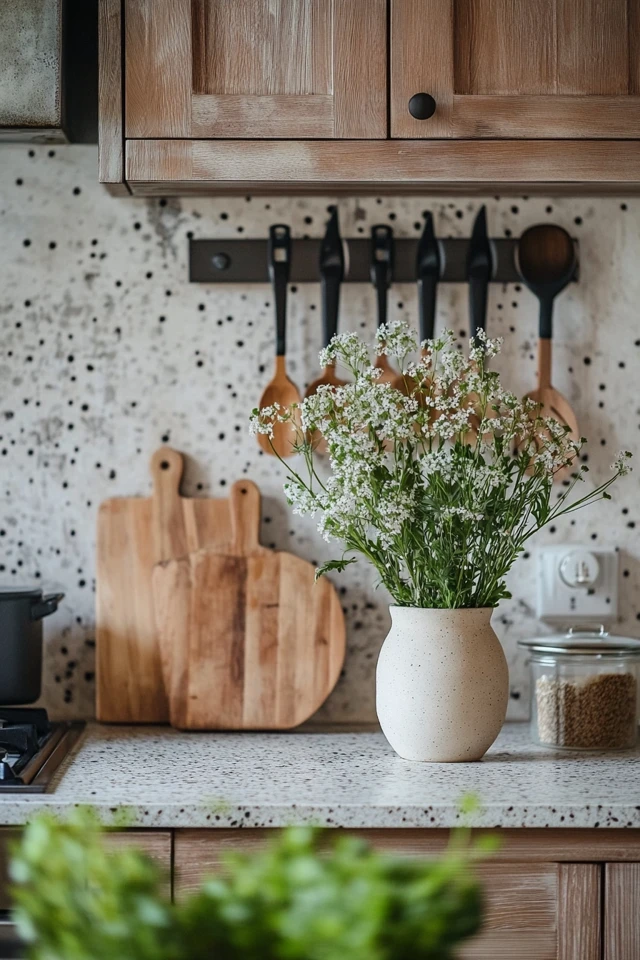
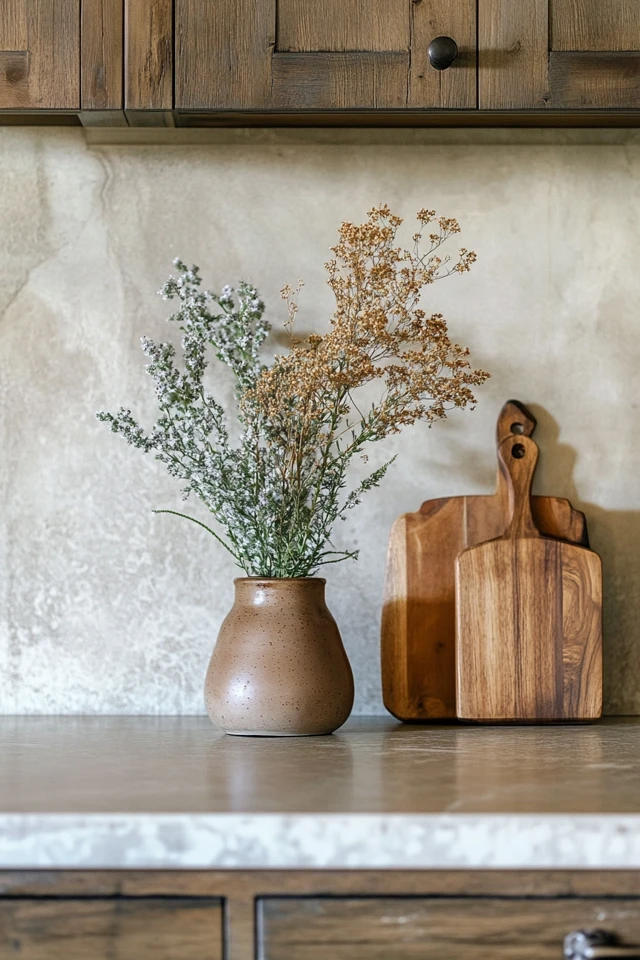
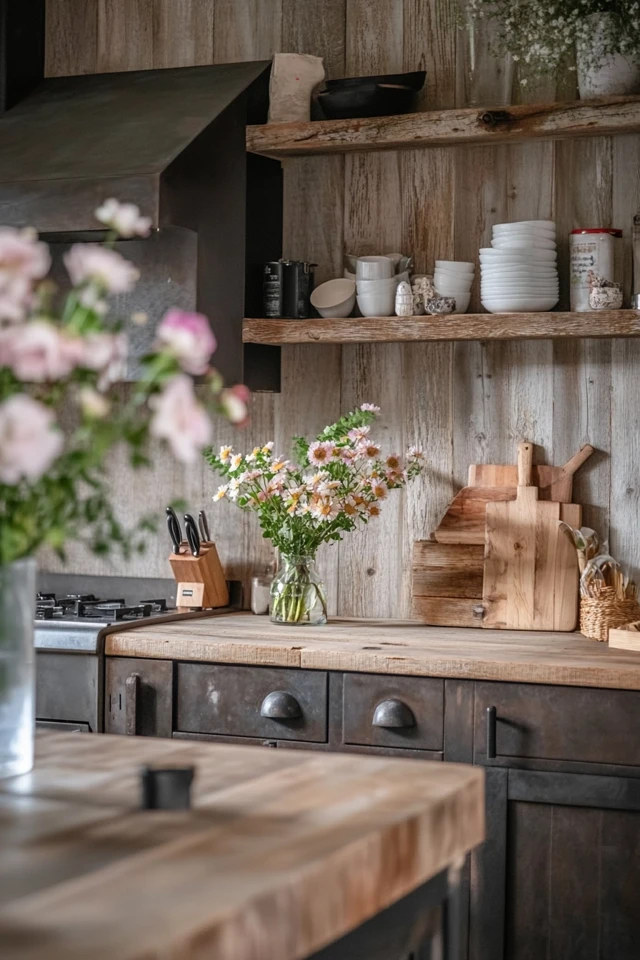
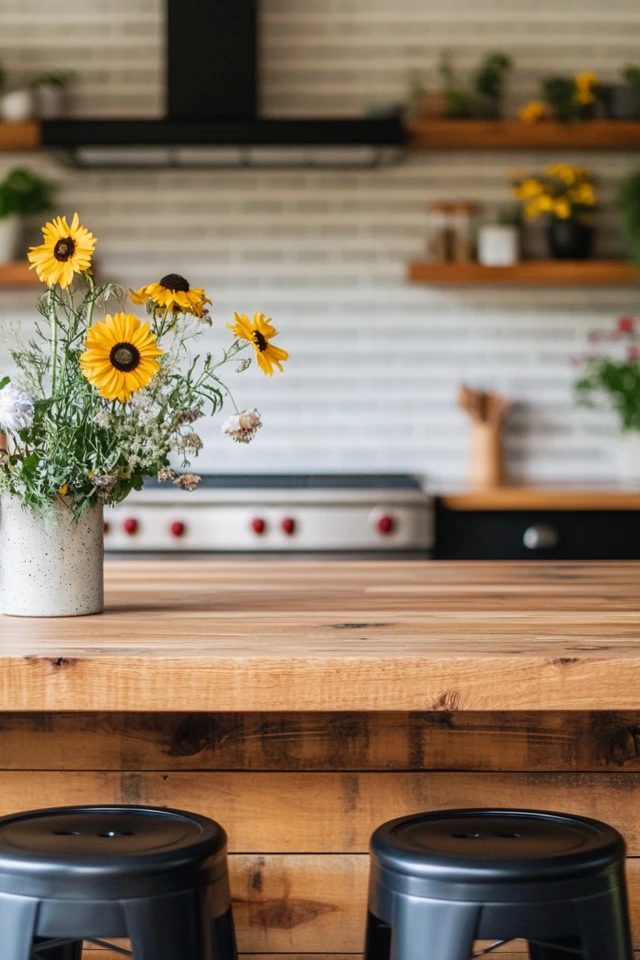
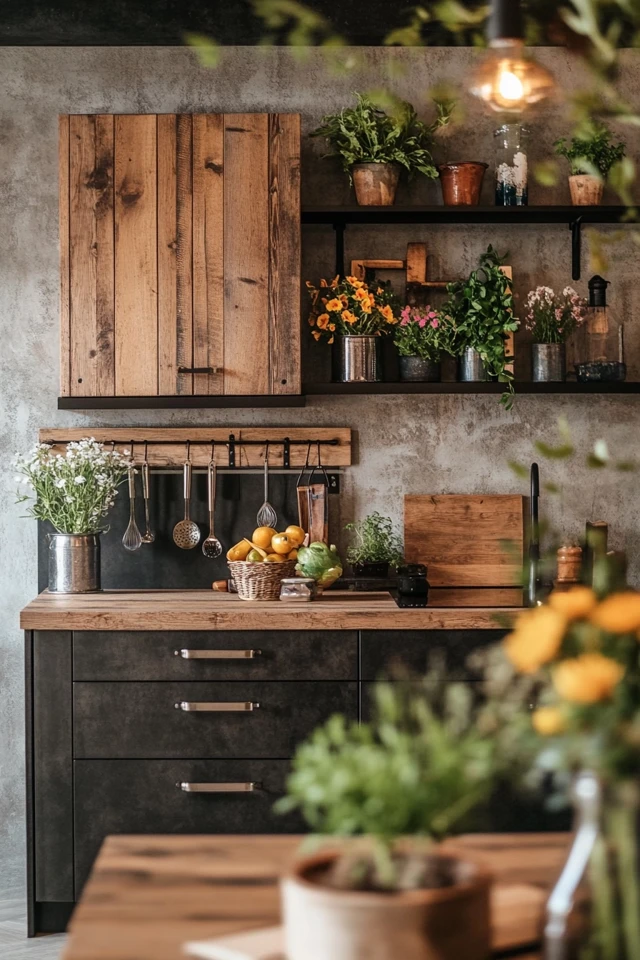
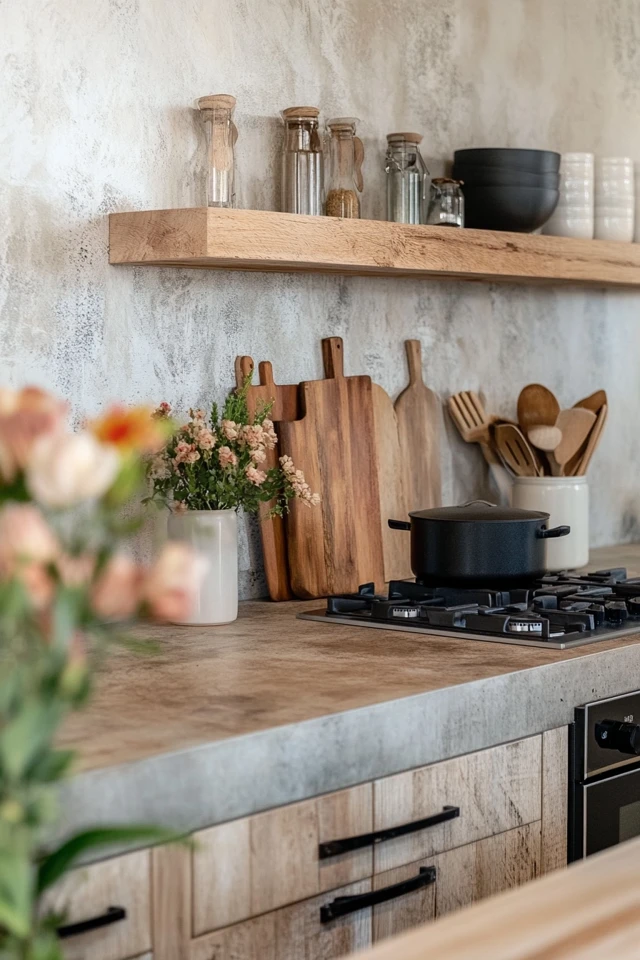
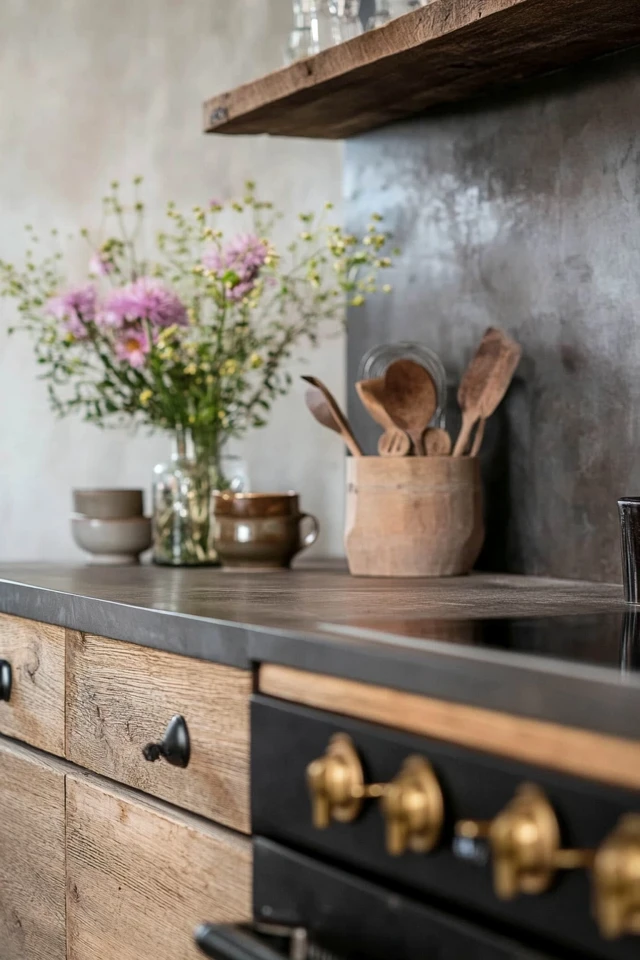
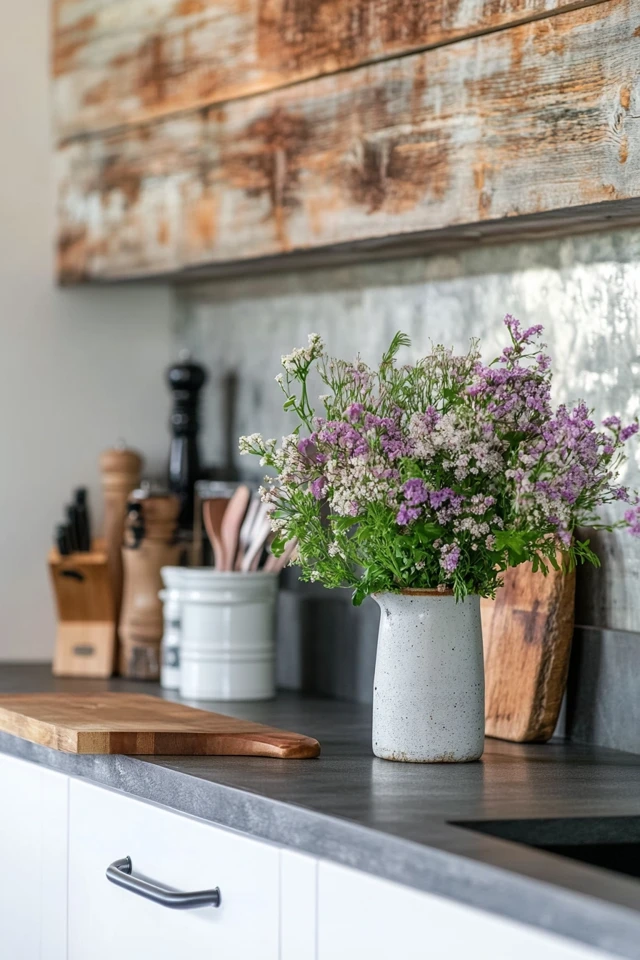
Conclusion
Renovating a kitchen into a farmhouse masterpiece is more than just following a trend—it’s about creating a warm, welcoming space that feels like the heart of your home. By blending timeless elements like shaker cabinets and apron-front sinks with natural materials and thoughtful details, you can craft a kitchen that’s both functional and full of charm.
Whether you’re drawn to the rustic authenticity of reclaimed wood or the sleek appeal of modern farmhouse style, this renovation guide has everything you need to bring your vision to life. So grab your mood board, roll up your sleeves, and get ready to create the farmhouse kitchen of your dreams.
FAQ
What’s the difference between farmhouse and modern farmhouse kitchens?
Classic farmhouse kitchens emphasize rustic elements, while modern farmhouse kitchens incorporate sleek finishes, minimalist details, and a more refined color palette.
Are open shelves practical in a farmhouse kitchen?
Yes! Open shelves are perfect for displaying everyday items, but balance them with closed cabinets to avoid clutter.
What’s the best material for a farmhouse sink?
Fireclay is a popular choice for its durability and classic look, but stainless steel and cast iron are also great options.
How can I add farmhouse charm on a budget?
Focus on small updates like swapping cabinet hardware, adding a vintage runner, or installing open shelving with reclaimed wood.
Is a farmhouse kitchen suitable for small spaces?
Absolutely! Use light colors, maximize vertical storage, and incorporate multi-functional pieces like an island with built-in storage.

